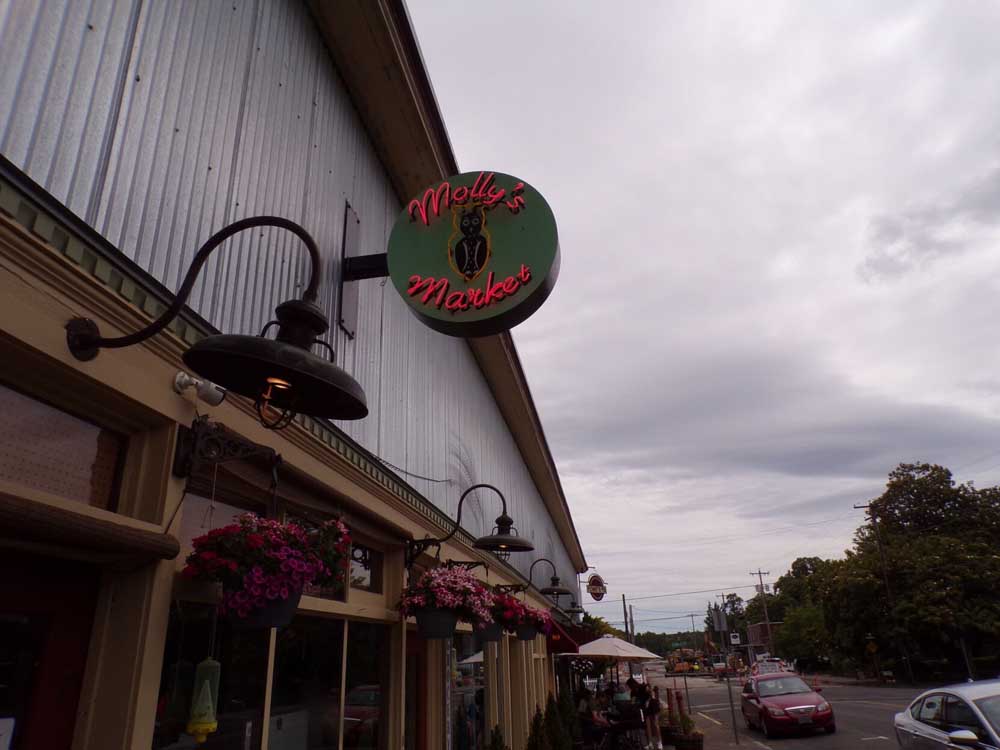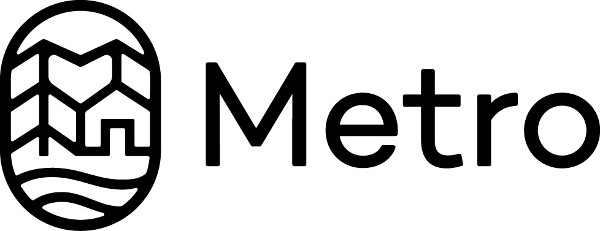OPINION: Old Town St. Helens businesses shut down in name of ‘safety’
Published 1:17 pm Monday, June 26, 2023

- A welcome sign greets visitors at the recently closed Molly's Market in downtown St. Helens.
When I took a course in pharmacology once back in college, I attended a lecture from a renowned cardiologist. His topic was the proper approach to prescribing blood pressure medications.
Trending
He began the lecture with a simple question: “What is the most effective way to lower blood pressure?”
After a long silence from the class, he replied.
“The most effective way to lower blood pressure is, of course, to kill the patient. It lowers the blood pressure to zero in a matter of seconds.” Then, after a dramatic pause, he added: “But always keep in mind, killing the patient is rarely the best approach to improving the patient’s overall health.”
Trending
I can not help to think of this sage advice as I observe the deaths of three beloved businesses in St. Helens’ Old Town: Running Dog Brewery, Dockside Restaurant and Molly’s Market.
Though the circumstances of each of these closures are multifaceted, all three closures do share one common symptom: the triggering of fire codes that prevented these businesses from connecting existing dining areas.
In the case of Running Dog, the issue was a fire code preventing the owners from reopening the previously existing passage between their two adjoining pub spaces.
This same fire code came into play when Dockside owners considered the newly defunct Running Dog space as an option for remaining open in the Old Town after their current building was sold.
In the case of Molly’s Market, the same fire code prevented Molly Matchak from opening her newly remodeled bar area, directly resulting in her deciding to close her store entirely at the end of April.
No one would suggest that cities should not use fire codes to make buildings and business districts safer, any more than my professor was advocating that doctors should not prescribe blood pressure medications to increase the health of their patients.
But if the ultimate result of applying codes to make buildings safer results in the perpetual closure of vital businesses, perhaps it is time to consider the overall effect that these closures have on both the life of our business districts and the ultimate level of public safety we are trying to achieve.
There are many factors that affect overall public safety and health, including whether buildings and businesses are open and serving the public good.
One could ask, “What is the most effective way to keep the public safe in older buildings?” The answer, of course, is to close them entirely and lock the doors.
It seems we are seeing this pattern playing itself out in the Old Town today in real-time. But at some point, perhaps we should keep in mind my old professor’s advice: “Killing the patient is rarely the best approach to improving the patient’s overall health.”







